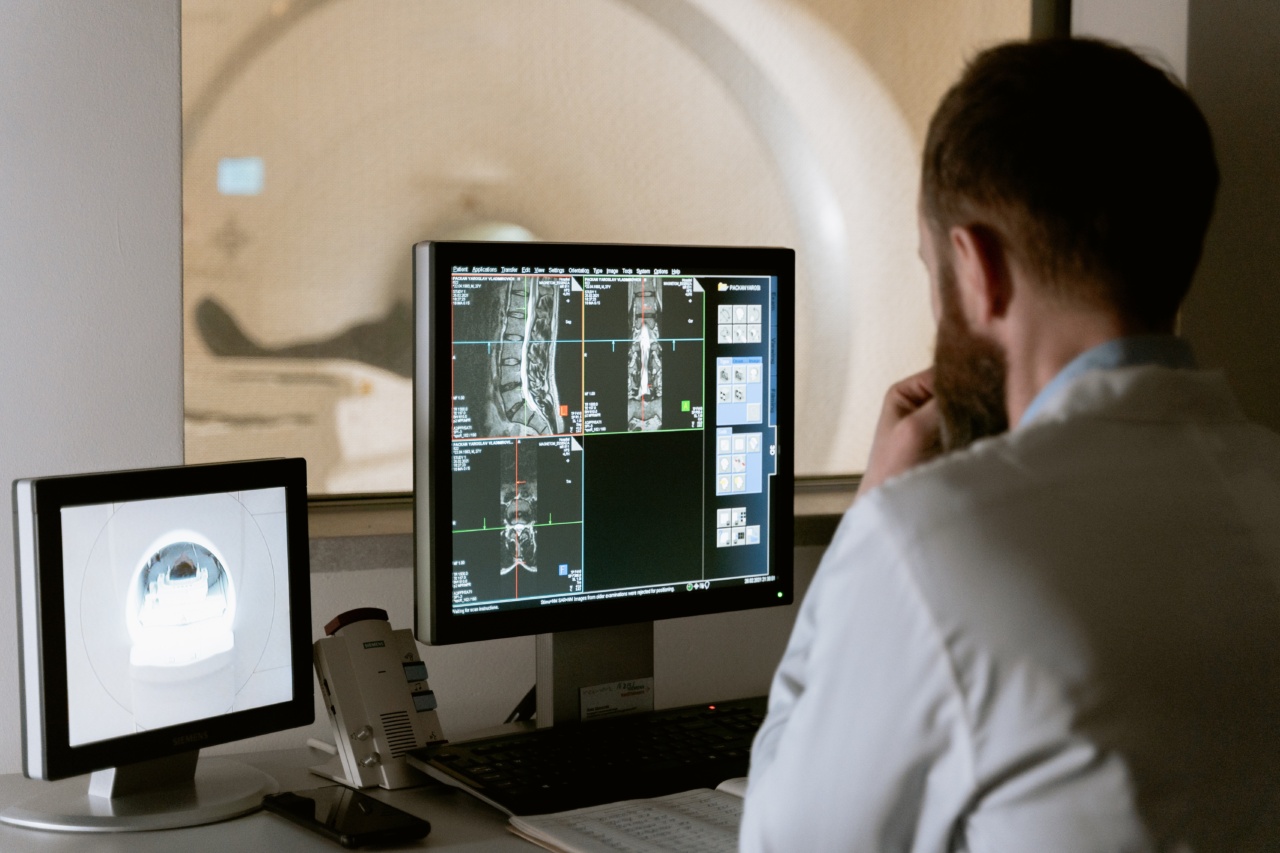In today’s digital age, adolescents are spending increasing amounts of time glued to their screens, whether it be on computers, smartphones, or tablets.
While technology has undoubtedly brought many benefits and opportunities, excessive computer use among adolescents can have detrimental effects on their bone health. This article explores the impact of excessive computer use on adolescent bone health and provides valuable insights into preventing and addressing this issue.
The Growing Concern of Sedentary Behaviors
Adolescence is a crucial period for bone development, as it is the time when the majority of peak bone mass is reached.
Peak bone mass refers to the maximum amount of bone a person can attain, and an inadequate peak bone mass during adolescence can lead to an increased risk of osteoporosis and fractures later in life. However, the sedentary behaviors associated with excessive computer use can impede optimal bone development in adolescents.
Impact of Computer Use on Physical Activity Levels
One of the key issues with excessive computer use is the decrease in physical activity levels among adolescents.
Sitting in front of a computer for extended periods often replaces time that could have been spent engaging in weight-bearing activities such as walking, running, or playing sports. These weight-bearing activities are vital for bone formation as they place stress on the bones, prompting them to become stronger and denser.
Effects of Reduced Weight-Bearing Activities on Bone Health
Reduced weight-bearing activities due to excessive computer use can lead to a decline in bone mineral density (BMD). BMD is a measurement of the amount of minerals (calcium and phosphorus) present in a person’s bones.
Low BMD is a significant risk factor for fractures, as weakened bones are more susceptible to injury. Furthermore, decreased BMD can compromise the overall bone health of adolescents and hinder their ability to achieve optimal peak bone mass.
The Role of Vitamin D in Bone Health
Vitamin D plays a crucial role in bone health, as it helps with the absorption of calcium, a mineral essential for bone strength.
Spending excessive time indoors engaged in computer use often means limited exposure to sunlight, which is a primary source of vitamin D. Inadequate vitamin D levels can result in reduced calcium absorption, leading to decreased bone mineralization and weakened bones.
Impact on Posture and Musculoskeletal Health
Another concern associated with excessive computer use is poor posture. Prolonged sitting in front of a computer can lead to slouching, rounded shoulders, and an excessive forward head position.
This misalignment of the spine places strain on the muscles, tendons, and ligaments, leading to musculoskeletal imbalances and potential long-term issues such as neck and back pain. Adolescent bone health is closely linked to musculoskeletal health, as proper alignment and posture are necessary for optimal bone development.
Preventing Excessive Computer Use
It is essential for parents, educators, and healthcare professionals to address the issue of excessive computer use among adolescents and implement strategies to reduce screen time. Here are a few practical tips:.
1. Set Screen Time Limits
Establish clear guidelines for screen time and enforce regular breaks to ensure adolescents are not spending excessive time on their computers.
2. Encourage Physical Activity
Promote and encourage regular physical activity among adolescents. Engage them in sports, outdoor activities, or even simple exercises at home to increase their weight-bearing activities and enhance their bone health.
3. Educate on Ergonomics
Teach adolescents about proper posture and ergonomics while using computers. Emphasize the importance of maintaining a neutral spine, sitting up straight, and taking breaks to stretch and move around to prevent musculoskeletal issues.
4. Foster Sunlight Exposure
Encourage adolescents to spend time outdoors and soak up some sunlight, as this will help boost their vitamin D levels, promoting better bone health.
Addressing Excessive Computer Use
If excessive computer use has already become a concerning habit, it is crucial to address it promptly. Here are a few strategies:.
1. Open Communication
Talk openly with adolescents about the potential dangers of excessive computer use and explain the importance of striking a balance between screen time and other activities.
2. Realistic Goals
Help adolescents set realistic goals for reducing screen time gradually. Encourage them to find alternative activities they enjoy and ensure they have a healthy balance in their daily routine.
3. Parental Control Software
Consider using parental control software to limit and monitor screen time. These tools can help establish healthy boundaries and track usage patterns.
4. Seek Professional Help
If excessive computer use is significantly impacting an adolescent’s physical and mental well-being, it may be necessary to seek professional help.
Consult with healthcare providers, psychologists, or counselors who can provide guidance and support.
Conclusion
Excessive computer use poses significant risks to adolescent bone health. Sedentary behaviors, reduced weight-bearing activities, and inadequate exposure to sunlight all contribute to suboptimal bone development.
Implementing strategies to prevent and address excessive computer use, such as setting screen time limits, promoting physical activity, and fostering sunlight exposure, is vital. By prioritizing bone health during adolescence, we can help young individuals attain optimal peak bone mass and reduce their risk of future bone-related issues.































